Have you ever watched a baseball game and wondered what the different kinds of hits mean? One of the most exciting parts of this game is when a player is able to hit the ball far enough to make it into extra bases – but how do they know how many bases they’ve earned? A double in baseball is one way for a player to advance two or more bases on an at-bat, providing them with some major momentum and increasing their chance for scoring. To understand what counts as a double, we need to take a look at exactly what happens when it occurs. Read on for an in-depth explanation as well as interesting facts about doubles that you may not have known!
Baseball Double: A Brief Explanation
A double in baseball is a two-base hit. When a batter hits the ball into the outfield and successfully makes it to second base, he has recorded a double. This is one of the more exciting plays in baseball because it often leads to multiple runs being scored by the offense. When a hitter doubles and then advances further, they are credited with extra bases (e.g., if they make it all the way home, they would have gotten an inside-the-park home run).
Doubles are great for offensive production because they provide multiple scoring opportunities on one play. A runner who reaches second or third base with no outs gives the offensive team an excellent chance of scoring at least one run before three outs occur. In the game of baseball, it is often said that a double can change an entire game.
Doubles are extremely important in baseball and can make or break a team’s overall performance. When used properly, they can be the difference between winning or losing. Any player looking to become successful at baseball should strive to improve their doubles percentage by taking extra batting practice and learning all they can about hitting mechanics. [1]
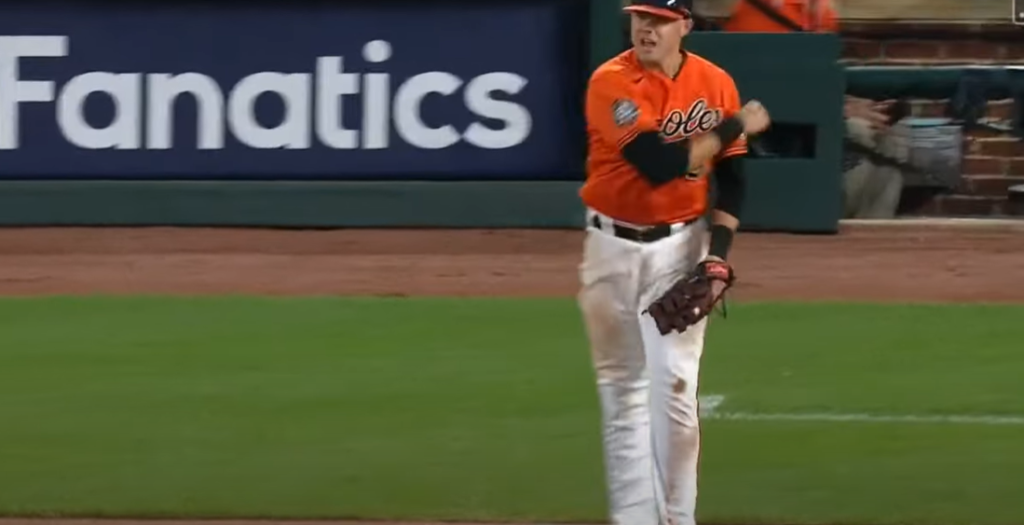
What Would Happen If An Error Occurred?
In baseball, if an error occurs during a double play, the runner(s) affected by the play are not awarded bases. The number of outs will remain the same and any runs scored on the play stand. If an error is committed during a double play attempt, only the batter-runner will be credited with a hit (and possibly an RBI depending on how many runners are on base). The fielder who commits the error is generally responsible for all runners being safe as long as there was no misplay on another fielder’s part.
In cases where multiple fielders commit errors that lead to multiple runners being safe, it can be tricky to determine who should get credit for each advancement. Ultimately it is up to the official scorer of a game to decide which fielder made the most significant misplay and thus, who gets charged with an error.
In the case of an error on a double play, all advancement by the runners is credited to their own effort, not the fielder’s mistake. Even if there are multiple errors committed in succession, none of them can be used to award bases or runs to any runner that would not have been able to advance had it been a perfect play in the field. The only exception is if a batted ball was deflected by another fielder before reaching the one that commits the error; in this case, the official scorer will determine how far each runner would have advanced had it been ruled an out instead of an error.
In summary, if an error occurs during a double play, it will not result in any runners being awarded bases. The batter-runner is the only one who receives credit for advancing (with a hit and possibly an RBI). All other advancement is credited to the runner’s own efforts. Any runs scored on the play stand as well, regardless of whether or not errors were committed. Ultimately, the official scorer has the final say in determining which fielder should be charged with any errors that occurred during a double play attempt.
What If The Bat Hits The Ball Twice?
In baseball, a double is when the batter hits the ball and gets to first base without the help of any fielder error. A double can also refer to an extra base hit; for instance, if a player hits a triple, it would be counted as two doubles. However, what happens if the bat somehow manages to strike the ball twice in one play?
The rule regarding this situation is that it would not count as two doubles even though both strikes were successful. Instead, according to Major League Baseball (MLB) rules, any hits caused by a single swing of the bat are considered one hit. The same goes for any other kind of multiple contact made with the bat striking the ball: all cases only count as one hit. Therefore, a batter who hits the ball twice with one swing will still only get credit for one double.
Overall, even if the bat strikes the ball twice in one thrown pitch, MLB rules state that batters can only receive credit for one double in their batting stats. All multiple contacts are seen as only one hit, regardless of whether both contacts were successful or not. [2]
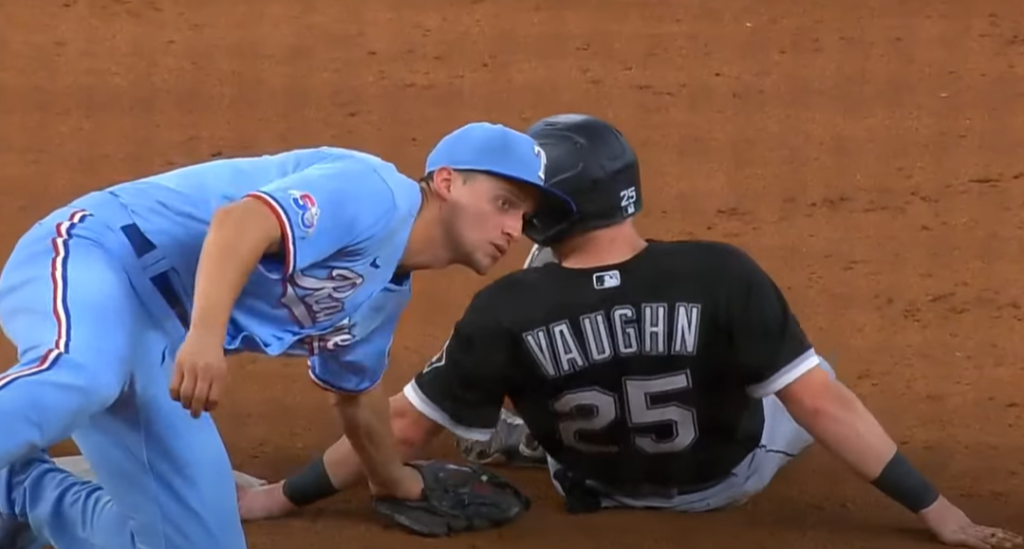
Examples
Examples of this rule can be seen in MLB games, as well as many other baseball leagues.
While two successive swings of the bat would count as two hits, a single swing of the bat will still only be counted as one hit even if multiple contact is made with the ball. This rule applies to all levels and types of play in regards to what constitutes a double. It ensures that batters are always credited fairly for their performance in a game and allows them to accumulate accurate batting stats.
What Does A Stand-Up Double Mean?
A stand-up double is a type of double in baseball that occurs when the batter hits a ball into the outfield and makes it far enough to be able to run to second base without being thrown out. This can occur from either a line drive, fly ball, or even a ground ball that goes between two infielders. If the runner reaches second base before the fielder retrieves the ball, then he has gotten himself a stand-up double.
The phrase is derived from the position of the player standing on second base at the time he reaches it; unlike other types of doubles where a player might have to slide into second base or dive back to safely reach it, with this type of hit they are standing up by the time they get there.
Not only does the player get to second base, but they also have a chance for more due to their positioning and speed around the bag. They can often score from second on a single or even advance to third base in certain situations. This makes it possible for players to make something out of an otherwise unimpressive hit and potentially lead their team to victory.
Overall, a stand-up double is an important and useful play in baseball that can make all the difference between winning or losing a game. Knowing how to properly use this type of double can help any team gain success on the diamond. [3]
What Is A Triple In Baseball?
A triple in baseball is a stat that measures the number of times a batter hits the ball and reaches third base. The three bases are first base, second base, and third base. A single is when a batter reaches first base before being put out. A double is when they reach second base before being put out. And a triple is when they reach third base before being forced out or tagged out. It’s one of the most exciting plays in baseball because it usually requires two fielders to make an attempt at stopping the runner from reaching their destination safely.
When this happens, it often results in some spectacular outfield diving catches and aggressive tag plays by infielders trying to stop the runner from scoring a triple. Triples are also considered some of the most important statistics in a players’ game log since it’s one of the rarest types of hits in baseball. A triple can be credited to a player even if they don’t actually make it all the way around to home plate; as long as they touch third base before being retired, they are still eligible for credit. The record for most career triples is held by Sam Crawford with 309 during his professional career.
Overall, a triple in baseball is when a batter reaches third base without being put out – making them officially eligible for three bases. It’s considered one of the more thrilling plays and has led to many spectacular defensive moments throughout baseball history. Triples are also an important stat tracked by players and coaches alike. Therefore, mastering the art of the triple can be a valuable asset to any player’s game.
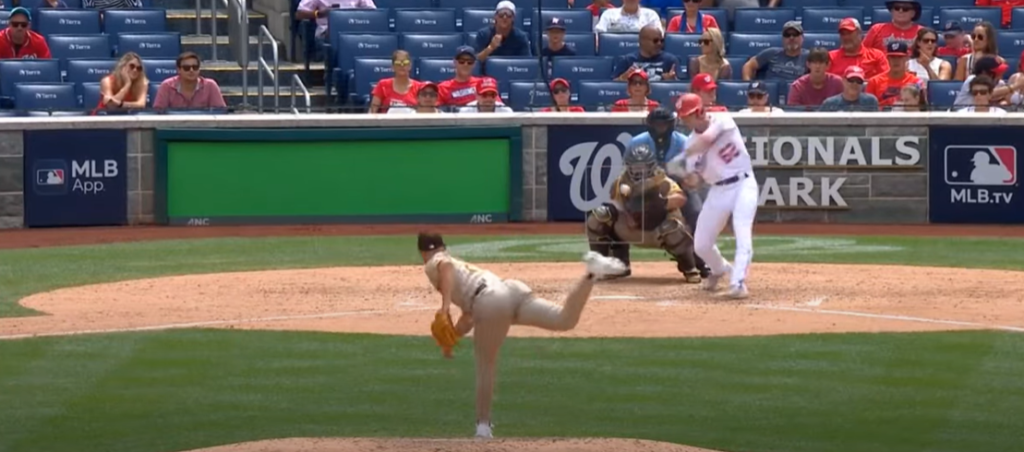
What Is The Difference Between A Single And A Double In Baseball?
The main difference between a single and a double in baseball is the number of bases a player can get with one hit. A single allows the batter to reach first base while a double allows them to reach second base. The result of hitting a ground ball or fly ball that lands between an outfielder and an infielder is usually considered a double, unless it is hit very hard and bounces over the outfielders’ heads for what is known as an “inside-the-park home run”. If the fielder misplays the ball, it may still be ruled as a double depending on how far away he was from catching it.
Statistics show that if you hit more doubles than singles, you will score more runs because the extra base gives runners on base a greater chance of scoring. As such, some batters are more successful at hitting doubles than others and may increase their overall batting average as a result. Additionally, it is generally easier to hit a double off of an outside pitch since the batter has more time to swing and connect with the ball, whereas if it is an inside pitch the batter may not have enough time for his bat to make contact with the ball.
Doubles can be very beneficial for both individual players and teams looking to score runs or increase their RBIs (runs batted in). A player who consistently hits doubles will often see improvement in their stats as they can reach second base quicker than they would with just singles. From a team perspective, two doubles in one inning can result in multiple runs on the scoreboard.
Overall, a double is a great way to move runners up one base and give them a better chance of scoring runs for the team. The key difference between singles and doubles is that with a double, the player can get to second base instead of just first. This creates more opportunities for RBIs as well as an easier path to home plate. Hence why it’s important for batters to practice their technique when connecting with outside pitches in order to secure those extra bases! [4]
How Rare Is A Double?
Doubles are one of the most common types of hits in baseball, but they can still be relatively rare depending on the situation. A double is typically defined as a batted ball that allows a runner to reach second base without assistance from an error or fielder’s choice. In terms of pure batting statistics, a double is any hit that advances a runner two bases in one swing.
In Major League Baseball (MLB), doubles occur about five times per game on average, which means about one out of every 20 plate appearances results in a double. That rate drops significantly at lower levels of play since players lack the power and accuracy required for these types of hits.
When considering all potential outcomes from an at-bat, hitting a double is one of the rarer achievements. Since singles are slightly more common than doubles, hitters who strive for power typically become proficient in getting extra-base hits (doubles or better). Despite their relative rarity, doubles can play an important role in helping teams score runs and win games.
Overall, doubles are relatively common when compared to other types of hits like triples and home runs. However, due to the precision needed to hit these balls accurately and with enough power to reach second base without assistance from defenders, they remain a rare occurrence at all levels of baseball. Hence why players seek to perfect the skill as part of their batting technique. [5]
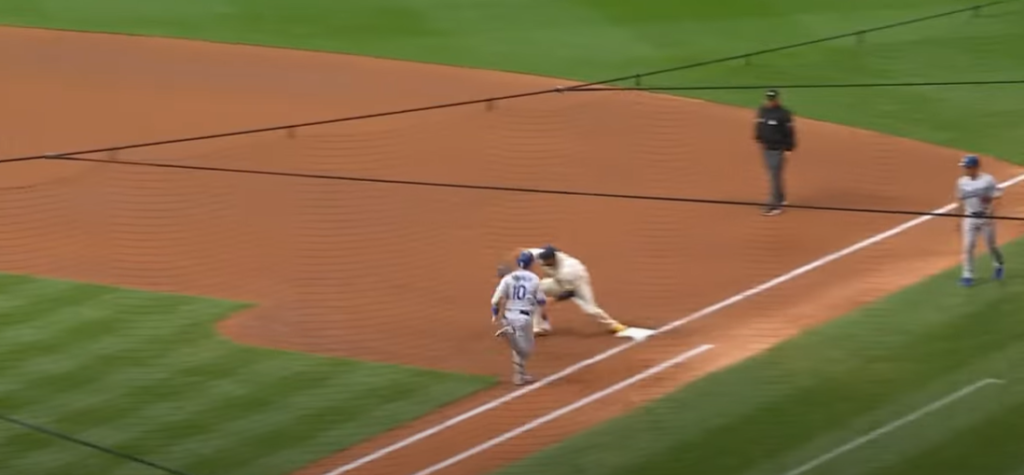
Is A Homerun A Double?
No, a homerun is not considered a double in baseball. A double is when the batter hits the ball and reaches second base without any other player (including the batter) being put out. A homerun occurs when the hitter hits the ball so far that they are able to round all four bases and score a run without any players being put out in between. A good way to remember this distinction is that for a double, you only have to make it halfway around the bases but for a homerun you have to go all the way around!
In summary, doubles occur when batters reach second base safely, while homeruns occur when batters round all four bases and score a run. Neither of these counts as an automatic double; the batter must actually reach second base without being put out before it will be considered a double. Hope this helps clear up any confusion!
FAQ
What is considered a double in baseball?
A double in baseball is when a batter hits the ball into play and advances safely to second base before the ball can be fielded by any defensive player. This generally happens when the ball goes into the outfield, as it gives the batter enough time to reach second base. A double will also count if a fielder throws wildly or drops an easy out that would have prevented the runner from advancing to second. In either case, the official scorer will credit the hitter with a two-base hit.
Are all doubles worth two points?
No, not necessarily. If a runner is forced out at third on their way to try and score from first, they receive only one point regardless of how far they had advanced around the bases (i.e. if they had reached second or even third). In this instance, the official scorer would credit the batter with a single, not a double.
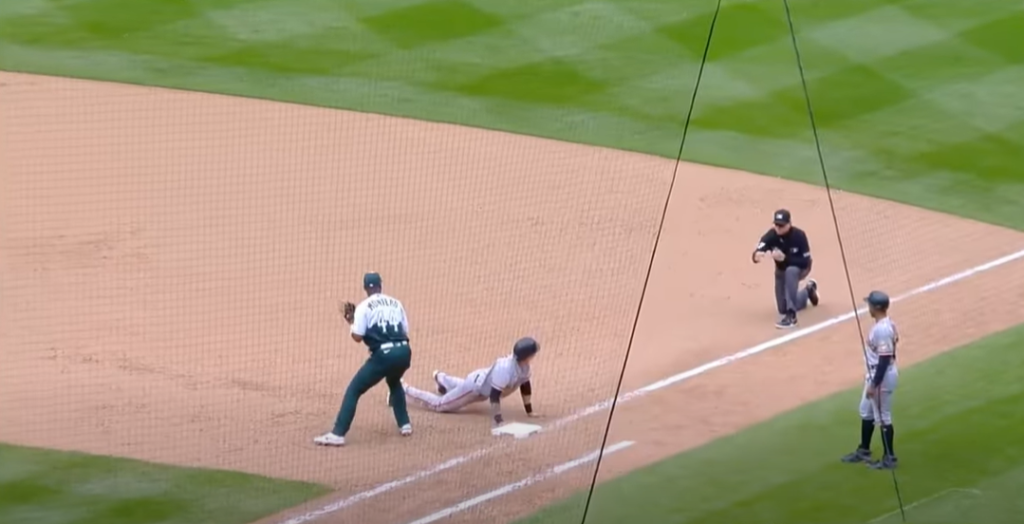
What is an inside-the-park home run?
An inside-the-park home run occurs when the batter hits the ball in play and manages to advance all the way around the diamond and touch home plate before any defensive players can field the ball. Unlike a regular home run which involves no running by the hitter, an inside-the-parker requires speed and skill on behalf of the hitter who must outrun all fielders while also avoiding getting thrown out at each base. An inside-the-park home run is worth four points.
Useful Video: What is a Ground Rule Double?
Conclusion
In conclusion, a double in baseball is an extra-base hit that moves the runner from first base to second. Two bases can often lead to runs being scored. A double is one of the most exciting plays in baseball as it can drastically change the momentum of a game. While doubles are harder to come by than singles, they are still an important part of any team’s strategy. Good luck at your next game!
References:
- https://wezen-ball.com/double-in-baseball/
- https://www.sportslingo.com/sports-glossary/d/double/
- https://baseballxgear.com/a-double-in-baseball-explained-what-is-a-double
- https://www.sportsdefinitions.com/baseball/double-baseball/
- https://thesbb.com/what-is-a-double-in-baseball/





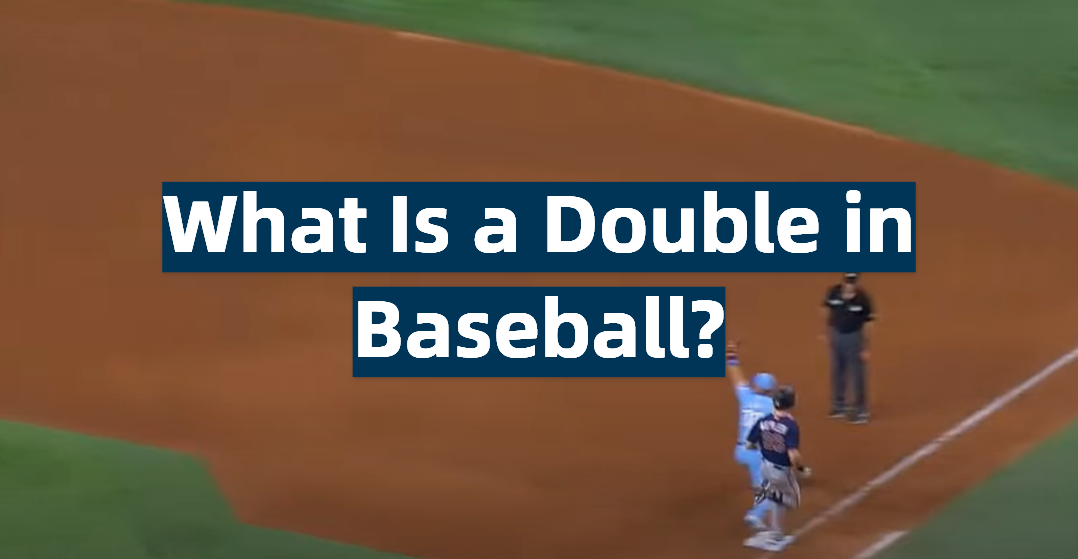
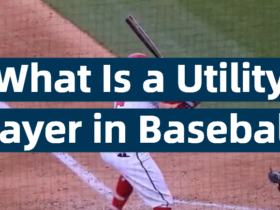
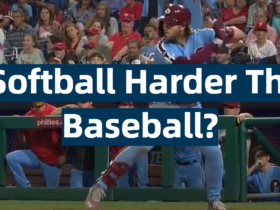


Leave a Review